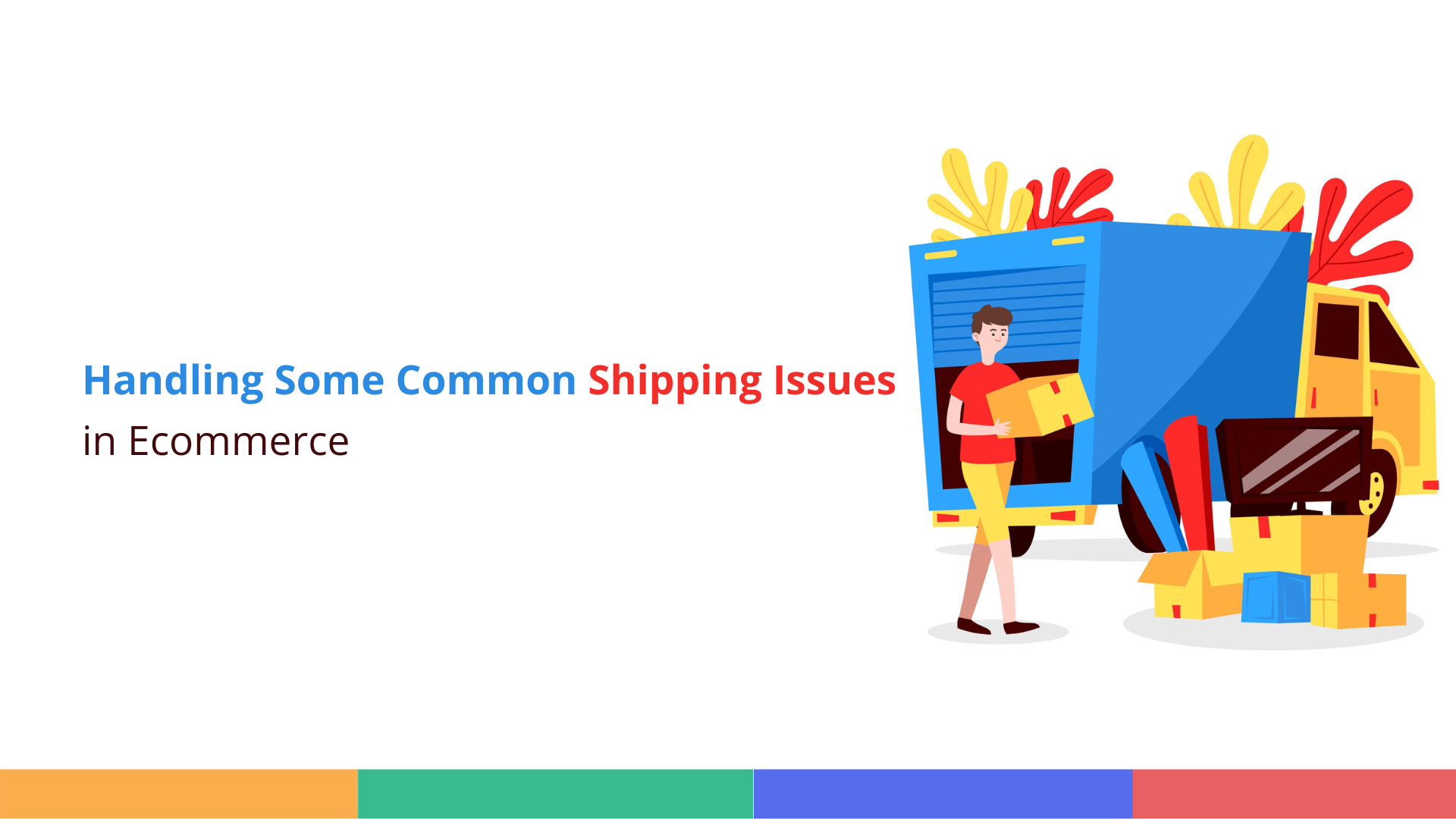If your business involves ecommerce transactions, shipping frustrations are likely a familiar challenge. This is true when you’re handling B2C transactions. As consumers’ expectations for shipping services continue to rise each year, success hinges on overcoming key ecommerce shipping issues.., Understanding the logistics and potential problems in routing deliveries is crucial for ensuring a smooth shipping experience for everyone involved.
Here are 4 Ecommerce Shipping Issues and Solutions
1. High Shipping Costs
Shipping expenses are a significant burden. Customers prefer low shipping costs, but these fees must be covered, often falling on the business. This can eat into your total profits.
Fortunately, there are ways to lower the shipping costs for your ecommerce business. The following can help:
Choose your supplier wisely. Make sure you can use it for the majority of your shipments. In parcel logistics it is easy: The more you ship the lower your shipping rate.
Therefore these activities are crucial basics:
- Comparing pricing from all carriers
- Negotiating rates whenever possible
- Opting for bulk shipping
- Consolidating supplier shipping on your account
- Packing items in the smallest possible boxes
- Using carrier-provided packaging
- Pre-paying online
- Inquiring about association discounts
- Factoring shipping fees into product pricing
Every opportunity to save on shipping can accumulate into significant savings over time.
Generally, the more items you ship, the better the discounts you can secure. Thus sticking with the same carrier may also help you predict shipping expenses more accurately and adjust your projected earnings accordingly.
2. Shipping Delays
Delayed deliveries can significantly impact customer satisfaction, leading to negative reviews and potentially damaging your brand’s reputation. The point is customers don’t blame the carrier for the delay, they blame the ecommerce company. To address this issue, small ecommerce sellers should focus on several key strategies.
- Choose Reliable Carriers: Partner with carriers known for timely deliveries to ensure consistency.
- Track Shipments: Utilize tracking tools to monitor shipments and address any delays proactively.
- Set Realistic Expectations: Provide customers with realistic delivery timeframes to manage their expectations effectively.
- Inventory Management: Keep popular items well-stocked to prevent delays caused by backorders and ensure quick fulfillment.
Implementing these solutions can minimize the risk of delayed deliveries, enhancing customer satisfaction and loyalty. Consistently meeting delivery expectations is crucial for maintaining a positive reputation and encouraging repeat business.
3. Lost or Damaged Products
Packages can sometimes get lost or damaged in transit, leading to customer dissatisfaction and additional costs. Here are some practical tips to avoid this:
- Use a low-risk carrier pack properly: This refers to using the appropriate packaging materials and methods when shipping with a carrier that is considered lower-risk. Proper packaging helps protect the items during transit and prevents damage.
- Share information: It’s important to share relevant information with the carrier about the contents of the shipment. This could include details like item descriptions, values, fragility, and any special handling requirements. Providing accurate information helps the carrier understand how to handle the shipment appropriately.
- Give good customer support: Offering good customer support is crucial when dealing with carrier shipments. This means being responsive to customer inquiries, providing tracking information and updates, and addressing any issues or concerns promptly. Good communication and support help build trust and satisfaction with the shipping process.
- Try to get reimbursed for losses by the carrier: Despite taking precautions, sometimes shipments are lost or damaged during transit. In such cases, it’s important to pursue reimbursement from the carrier for the lost or damaged items. This typically involves filing a claim with the carrier, providing documentation of the shipment’s value and condition, and following the carrier’s claims process.
4. High Shipping Cost
Dealing with high shipping costs in ecommerce can be a real headache. By partnering with these logistics experts, you can tap into their vast networks and negotiate rates that you couldn’t access on your own.
Not only does this help reduce your operational costs, but it also allows you to offer more competitive shipping rates to your customers, boosting their satisfaction and loyalty.
Additionally, many courier services provide advanced tracking and delivery options, enhancing the overall shopping experience for your online buyers. So, if high shipping fees are weighing down your ecommerce business, it’s time to consider the power of third-party courier partnerships.
Final Thoughts
Delivery is the part of your business the customer interacts with the most. Take the time to make it a smooth and reliable process.
Once set up, your process will mostly only need small adjustments. Streamlined your shipping process, reduces delays, errors, and ultimately costs.
Proactively addressing issues is a good idea in customer support. Open communication ensures smoother operations and helps avoid major problems: Ultimately enhancing customer satisfaction.
By prioritizing efficient and reliable shipping, you will build a reputation for dependability, which is crucial for gaining and retaining loyal customers. Investing effort upfront in the process will pay off by creating a positive experience that encourages repeat business and customer loyalty.




